What is a heat exchanger in a dishwasher?
 The first dishwasher appeared quite a long time ago, but a lot has changed since then. Modern dishwashers wash dishes more thoroughly and carefully, while using less water and time. How does this happen? One of the elements that takes dishwashing to a new level is called a heat exchanger. What kind of unit is this, how it works and in which dishwashers it is used - we’ll talk about this in the article.
The first dishwasher appeared quite a long time ago, but a lot has changed since then. Modern dishwashers wash dishes more thoroughly and carefully, while using less water and time. How does this happen? One of the elements that takes dishwashing to a new level is called a heat exchanger. What kind of unit is this, how it works and in which dishwashers it is used - we’ll talk about this in the article.
Dishwasher with heat exchanger - what is it?
A heat exchanger is a special element that is built into a dishwasher, making it more energy efficient. According to experts, thanks to the heat exchanger, you can save tens of kW of electricity per month, not to mention hot water, if the dishwasher is connected to a hot water supply system. The heat exchanger is a wide flat container that is adjacent directly to the washing tank. The container contains cold water, which enters there at the very beginning of the washing program. What happens next?
- The dishwasher is filling with water.
- Then the heating element is started, which heats it to the temperature specified by the program.
- Next, the washing process begins, the circulation pump pushes hot water from the tank through the spray arms into the washing tank.
- Hot water flows from the dishes down to the bottom of the tank, accumulating there and heating the cold water in the heat exchanger.
- Next, the water goes through the filters back into the tank, and then the circulation pump is again supplied to the washing tank and so on in a circle.
- During the washing cycle, the tank heats up significantly, transferring heat to a flat container of water. This is how the heat exchanger accumulates heat.
Important! In conventional dishwashers, a large amount of thermal energy is wasted, heating the air in the kitchen. In machines with a heat exchanger, this heat is used as efficiently as possible.
The main advantages of the heat exchanger
What a heat exchanger is is clear, how it works is also understood in general terms, but it is not clear why it is needed, what functions it performs and what, in general, heat capture does? To answer these questions, it is necessary to consider the main advantages of such an element as a heat exchanger. As part of this narrative, we will outline the main functions of this innovative unit.
- The heat exchanger ensures gradual cooling of the water used for washing dishes. As a result, there are no temperature changes in the dishwasher tank and, as a result, ceramic and glassware do not crack, but retain their original appearance.
- Discharging hot water into a sewer pipe can cause damage over time. The heat exchanger ensures gradual cooling of the water; as a result, not hot, but warm waste water is discharged into the sewer.
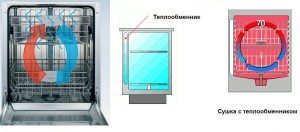
- Warm water, which is gradually heated in the heat exchanger, is used by the dishwasher at the end of the wash program in the final rinse. Thus, the last portion of water no longer needs to be heated and waste precious electricity.
- Changes in water temperature inside the dishwasher negatively affect not only the dishes, but also the ion exchanger. Under the influence of temperature changes, the ion exchanger, or rather the resin contained in it, is destroyed much faster.Accordingly, after some time the ion exchanger ceases to perform its function.
To save the dishwasher's ion exchanger, the heat exchanger alone is not enough. To ensure that the heat exchanger works for a long time and does not let you down, follow the recommendations contained in the article Why is salt needed in the dishwasher?.
For your information! The ion exchanger is designed to improve the quality of hard water. Minerals contained in large quantities in water settle into the ion exchanger, as a result the water becomes soft and washes dishes better.
The heat exchanger not only saves the ion exchanger, it also participates in the process of drying dishes. The fact is that after the final rinse, the heated dishes remain in the tank to dry, but the moisture that evaporates from them condenses on the ceiling of the tank and flows back onto the dishes. As a result, drops and stains remain on the dishes. After the final rinse, the heat exchanger is filled with cold water, due to this, the moisture evaporating from the dishes condenses on the wall of the heat exchanger and does not settle back on the plates and glasses.
Experts have proven that in dishwashers with a heat exchanger, dishes dry 1.5 times faster, while leaving much less drops and streaks on them. And if you use a high-quality detergent and rinse aid, there will be no drops or streaks left at all.
Review of “dishwashers” with a heat exchanger
Finally, we decided to give a few examples of dishwasher models in which a heat exchanger is already installed and works perfectly. Let us immediately note that a dishwasher with a heat exchanger is quite expensive, but if you think carefully, the costs will pay off over time.
Built-in dishwasher with Bosch SMV 59T10 heat exchanger. Middle class dishwasher from a well-known German manufacturer. Average cost: $470. This machine has several very interesting features that give it clear advantages over its competitors.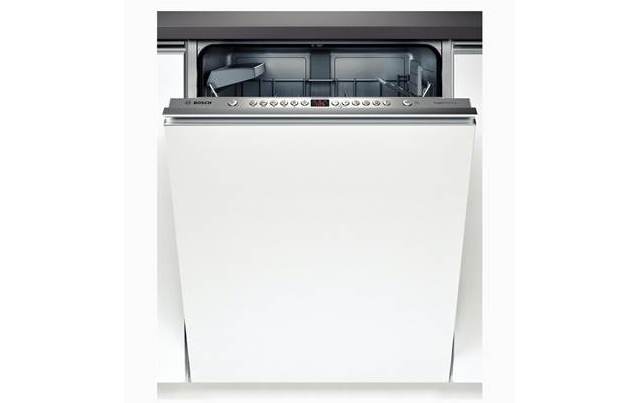
- Firstly, of course, the heat exchanger, and the second generation heat exchanger is more advanced.
- Secondly, the most complete protection against leaks. With this machine, even in the event of a serious breakdown, your property is safe.
- Thirdly, the quality of washing and drying. This model provides very high-quality washing of dishes and quick drying. A dishwasher with such washing and drying characteristics can only be found in the premium class.
In addition to the above, the Bosch SMV 59T10 dishwasher is capable of washing 13 sets of dishes simultaneously, has a high-quality digital screen, touch control keys and a load sensor. In addition, if necessary, you can enable child lock. The noise level emitted by a working dishwasher is quite low, only 44 dB. Rest assured, this machine will not disturb you or your household.
Partially built-in dishwasher Bosch SMI 65M65. The model costs slightly less than the option described above, about $400. But due to the fact that it is partially built-in, the number of options for integrating it into kitchen furniture is noticeably reduced. Bosch SMI 65M65 has the same advantages as Bosch SMV 59T10, even the characteristics match, so we will not repeat it. The only difference is that the Bosch SMV 59T10 is fully built-in, while the Bosch SMI 65M65 machine under review is partially built-in.
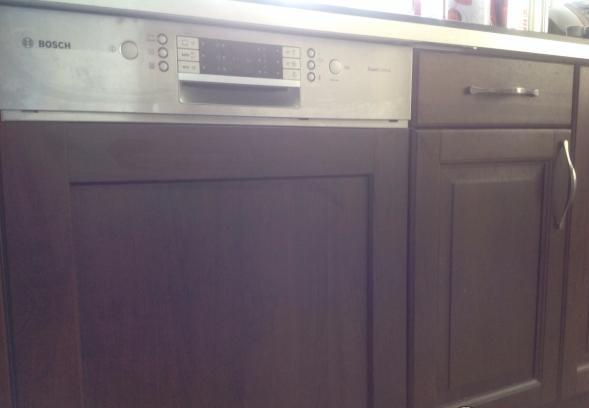
For your information! Partially built-in dishwashers are rapidly losing popularity among consumers, so in order to attract people's attention, manufacturers are forced to slightly reduce the price, even on models with the latest equipment.
The next model is the fully built-in dishwasher Bosch SPV69X10. Its peculiarity is that it is not full-size like the models described above, but narrow. Its dimensions are only 82x45x55. At the same time, in terms of technical characteristics, it almost completely corresponds to the Bosch SMV 59T10 and Bosch SMI 65M65 models. For the narrow Bosch SPV69X10 you will have to pay an average of $580. This dishwasher has another distinctive feature - it has a very convenient “express wash” program, which housewives absolutely love.

In conclusion, we note that the heat exchanger is a simple, but at the same time very useful innovative element that can significantly improve not only the energy efficiency of the dishwasher, but also the quality of dishwashing. For now, dishwashers equipped with a heat exchanger are quite expensive, but over time, I think the situation will change.
Interesting:
Reader comments
- Share your opinion - leave a comment
Categories
Washing machine repair


For buyers

For users

Dishwasher




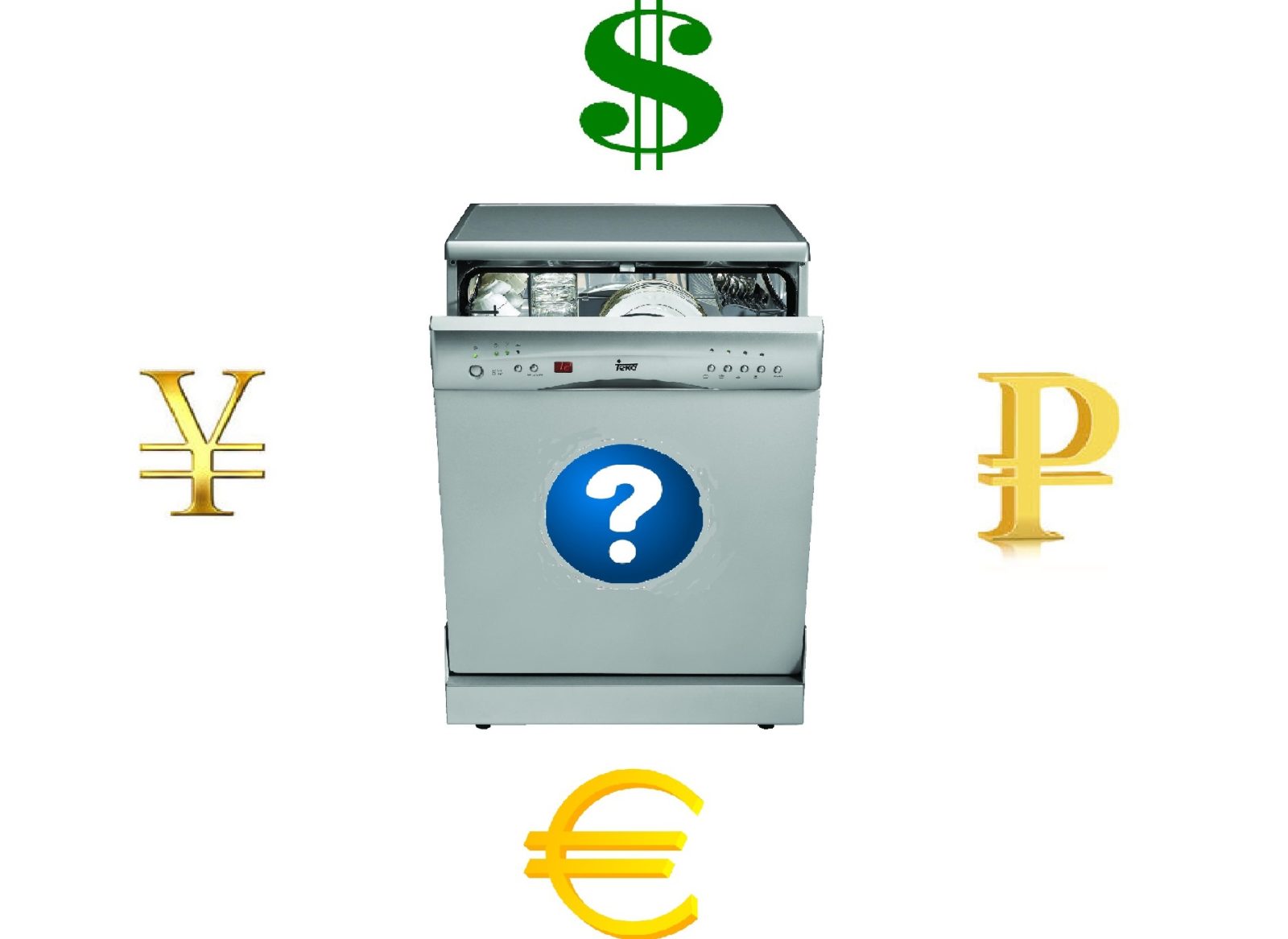

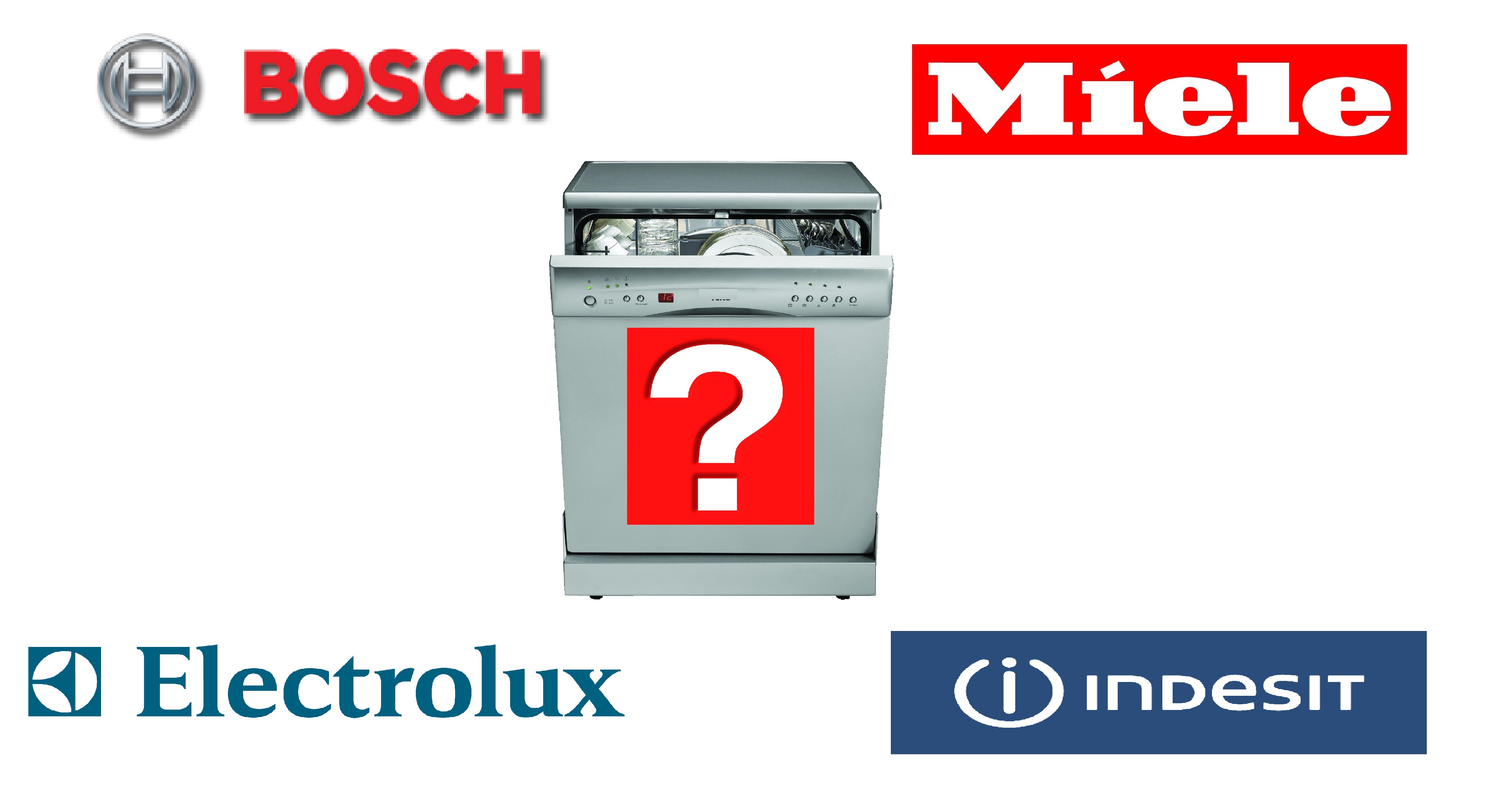










Add a comment